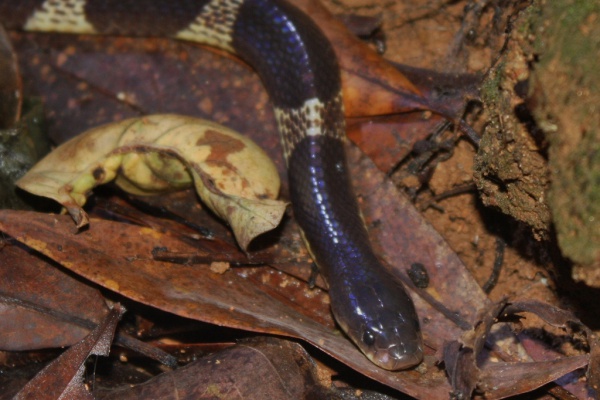Facts About Many-banded krait
The many-banded krait, also known as the Taiwanese krait or Chinese krait, is a highly venomous snake native to central and southern China, as well as Southeast Asia. First described by Edward Blyth in 1861, this species has two subspecies: *Bungarus multicinctus multicinctus* and *Bungarus multicinctus wanghaotingi*. Although they primarily inhabit marshy areas, they are capable of adapting to a variety of other environments.
The scientific name "Bungarus multicinctus" translates to "many-banded krait" in Latin. These snakes belong to the family Elapidae and the genus Bungarus, which are native to Asia. They are closely related to other elapids such as the king cobra and mambas. The many-banded krait typically ranges from medium to large in size and is easily identifiable by its black body adorned with white crossbands. Their diet predominantly includes fish, but they also prey on other snakes, rodents, and small animals.
These snakes are nocturnal and tend to be reclusive. They reproduce by laying eggs, usually between 3 to 15 at a time. The many-banded krait's venom is extremely potent, containing neurotoxins that can severely affect the nervous system. A bite from this snake can cause serious symptoms such as paralysis and respiratory difficulties, with varying mortality rates reported in different studies.
The many-banded krait gained notoriety after a bite from one fatally wounded herpetologist Joe Slowinski in 2001. Due to their powerful venom, these snakes should always be approached with extreme caution to avoid potentially severe consequences.

 Tajikistan
Tajikistan